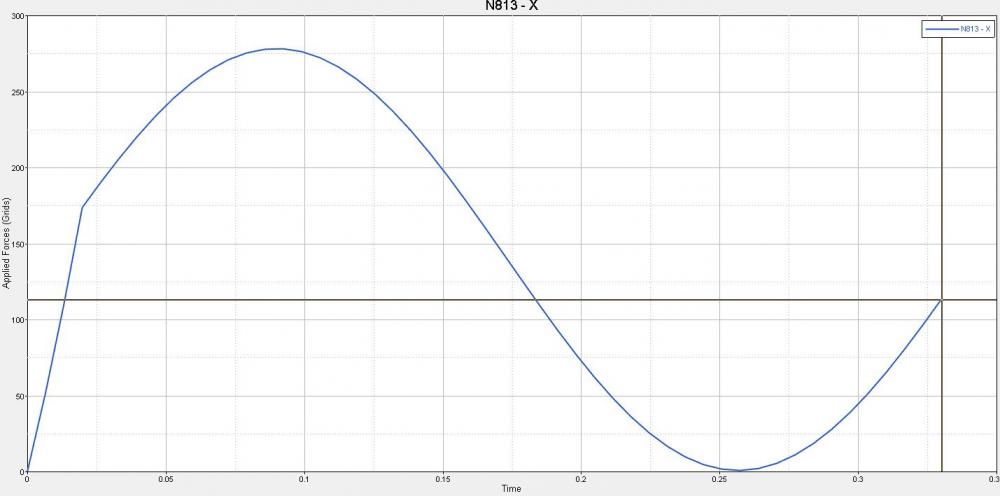Hi,
I am running transient run with sinusoidal loading. I have given table D1 as sinusoidal function of time in the form of values for once cycle. When I am checking the OLOAD i,e applied load.
I am getting a linear curve for some initial time and then curve follows sinusoidal path. Also at t=0. table d1 value is 0.5 but the same in force is zero.
Kindly let me know about this.
<?xml version="1.0" encoding="UTF-8"?>
<?xml version="1.0" encoding="UTF-8"?>